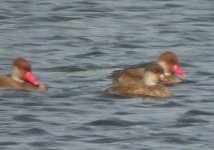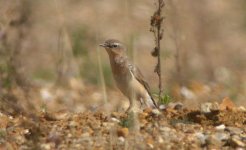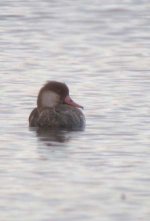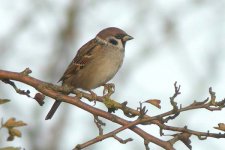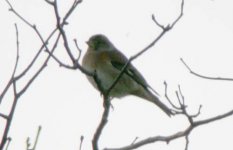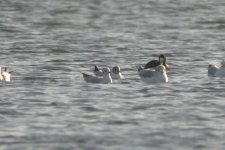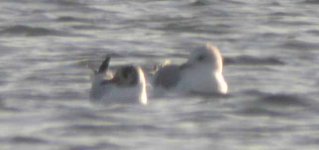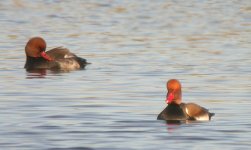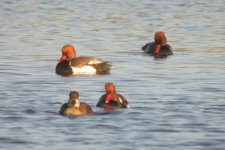A brief intro - my patch is Baston & Langtoft Pits in South Lincs. An average gravel pit really, its been a working site for 40 years at least now, so the range of maturity over the site is pretty extensive - useful for a wider range of species to be recorded. Further details can be found here.
I'm pretty bored (2006 - the worst year for birds in Britain ever?!), so I thought I'd set this up while I remember, and then I'll keep adding to it.
There's always something to see - even on the worst of days you can fall back on the resident Red-crested Pochard population. And they're not bread-munchers.
Anyway, enjoy - hopefully you will.
I'm pretty bored (2006 - the worst year for birds in Britain ever?!), so I thought I'd set this up while I remember, and then I'll keep adding to it.
There's always something to see - even on the worst of days you can fall back on the resident Red-crested Pochard population. And they're not bread-munchers.
Anyway, enjoy - hopefully you will.




